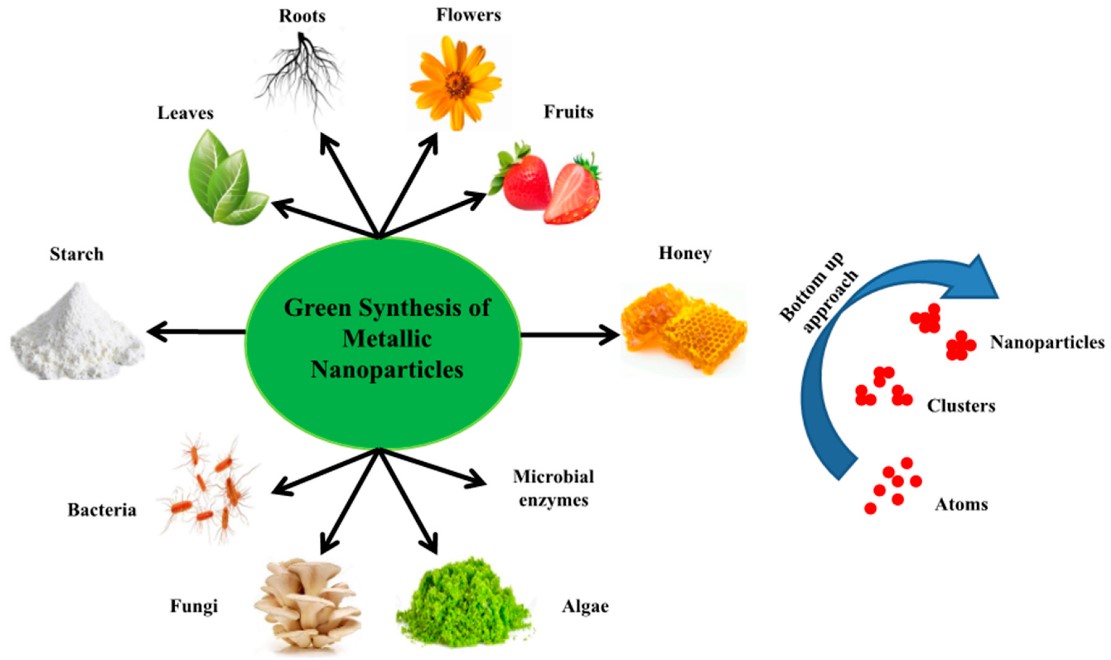Scientists have created an environmentally friendly and healthy protocol to optimize the gold nanoparticles with morphology for near-infrared (NIR) light absorption. For this, there is a use of a specific biomolecule called peptide B3. Scientists reported the synthesis of triangular and circular gold nano-plates and their effectiveness in killing cancer cells by conversion of absorbed light into heat, which in turn provides useful information for the development of non-invasive cancer therapies. “Since NIR light has the ability to penetrate biological tissue, it can light gold nanoparticles in the body and turn them into nano-sized cell heating elements,” explained Professor Masayoshi Tanaka of the Tokyo Institute of Technology (Tokyo Tech), Japan, who studies nanomaterials for biomedical applications. In particular, Gold nano-plates are considered to be attractive as photo thermal therapeutics because of their efficient and regular absorption of NIR light, but the synthesis of these nanoparticles demands aggressive reagents and highly toxic conditions, which is not easy to obtain, which makes the process very dangerous.
The team took the lead in a process called bio mineralization, which uses biomolecules to create metallic nanoparticles with tunable structures. Peptides or short amino acid chains are particularly attractive candidates for this purpose because of their relatively small size and stability. However, its use for the production of Au nanoparticles with structures optimized for efficient NIR absorption has not yet been reported. Motivated, the team began to identify peptides suitable for AuNPls mineralization, and after selecting over 100 peptides, decided to investigate the potential of a peptide called B3 to synthesize AuNPls with a controllable structure that serves as photo thermal conversion agents. In a process called one-pot synthesis, the team mixed a gold salt, HAuCl4, along with peptide B3 and its derivatives at various concentrations in a buffer solution (an aqueous solution that is resistant to pH changes) at neutral pH and synthesized triangular tri and circular AuNPls with different NIR absorption depending on the peptide concentration.


